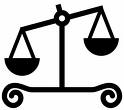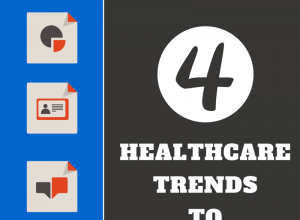The use of electronic health records, or EHRs, is rapidly increasing in the medical world. The Centers for Disease Control and Prevention reported in November of 2011 that the adoption of basic EHRs by physicians’ practices has doubled, from 17 percent in 2008 to 34 percent in 2011. In the primary care world, the percentage of physicians using EHRs increased even more during that time, from 20 percent to 39 percent.
The use of electronic health records, or EHRs, is rapidly increasing in the medical world. The Centers for Disease Control and Prevention reported in November of 2011 that the adoption of basic EHRs by physicians’ practices has doubled, from 17 percent in 2008 to 34 percent in 2011. In the primary care world, the percentage of physicians using EHRs increased even more during that time, from 20 percent to 39 percent.
Moving from paper to computers can streamline patient care and recordkeeping. There is no question that EHRs make data available more quickly, without having to wait for a transcriptionist or other personnel to enter the doctor’s notes into the computer. However, there is also no question that record-related errors, and therefore malpractice lawsuits, involving EHRs are on the rise. In just one year, from 2013 to 2014, the frequency of lawsuits involving EHRs doubled.
While technology can be a blessing, it can also be a bane.
Reasons for EHR-Related Medical Malpractice Suits
Even though the current number of medical malpractice lawsuits due to problems with EHRs is fairly small, those that are filed allege certain common causes, including what are known as “information gaps” that leave out or distort critical data. Some of the mistakes made are due to poor software design, and some are caused by old-fashioned human error. But with EHRs, simple human error can become magnified by copying and pasting misinformation throughout a patient’s record.
The following problems with EHRs often result in diagnosis, treatment, and medication errors (including the kind of medication prescribed and the dosage):
- Words are misinterpreted or even dropped by voice recognition software, creating ambiguity or outright errors.
- Drop-down menus in EHR software insert incorrect data by default or encourage the entry of inaccurate information.
- Outdated or erroneous patient records are mistakenly inserted (often copied and pasted) into the EHR, which medical personnel then rely on.
- Data entry mistakes (typos).
Other legal minefields involving EHRs exist as well, especially the trouble caused by hackers and data breaches, allowing theft of, and unauthorized access to, protected patient information.
There’s More Work to be Done
While there are a lot of incentives for doctors, hospitals, and other medical centers to convert to EHRs, not the least of which are financial incentives when it comes to Medicare and Medicaid patients, we all clearly have a bumpy road ahead. Until the law, and the robustness of the software, catch up with each other, we will have to rely on medical personnel to ask questions when a patient’s data do not make sense. And, because safeguards are not yet extensive, patients need to ask questions and speak up whenever something seems awry.
At the HIMSS15 Conference in April, 2015, Keith Klein, MD, a clinical professor of medicine at UCLA, noted, “The benefit of the electronic medical record is that it has the potential to prevent malpractice lawsuits with better documentation.”
But those who work with EHRs must be both familiar with the EHR software and also diligent in their pursuit of accuracy. Otherwise, the use of EHRs becomes just another way in which our technologically-advanced health care system could fail us.







